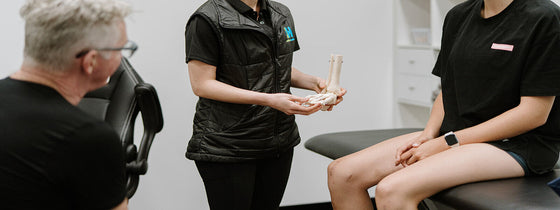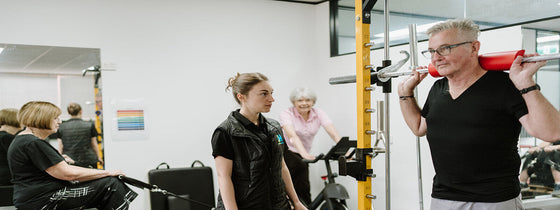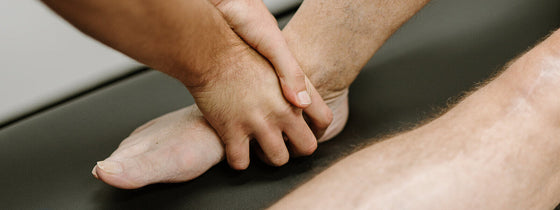Swimming is not just a workout; it's a harmonious blend of strength, endurance, and grace. Whether you’re gliding through the water or racing for a personal best, your body is hard at work. But the repetitive nature of swimming can sometimes lead to pesky overuse injuries, particularly in the shoulders, knees, and spine. Let’s explore some common issues swimmers face and how to stay in the game!
The infamous "swimmer’s shoulder." This term emerged in the 1970s to describe that nagging pain at the front of the shoulder that many swimmers experience during and after training. But it’s more than just one issue; it encompasses a range of symptoms. If you’ve felt a deep ache, a pinching sensation overhead, or pain that intensifies with each stroke, you’re not alone!
Possible culprits include:
· Delayed onset muscle soreness (DOMS)
· Rotator cuff tendinopathy
· Labral injuries
· Bursitis
· Joint instability
When you visit a physiotherapist at the Optimal Health Lab, they’ll look for clues: reduced shoulder mobility, tightness in the upper limbs, and weakness in those all-important external rotators. Don’t let this pain keep you from your passion—addressing it early can get you back to conquering the lanes!
If you’re a breaststroker, you may have experienced what’s known as "breaststroker’s knee." It’s that frustrating pain on the inside of the knee that seems to flare up during your beloved stroke. The repetitive motion of whipping your knees into a knock-knee position can put a lot of strain on the inside of your knee and the medial collateral ligament (MCL).
Ignoring this discomfort can lead to more serious conditions like adductor tendinopathy or pes anserine bursitis. Symptoms often include:
· Tenderness on the inside of the knee
· Swelling
· Pain that worsens with prolonged exercise
· Reduced mobility
Don’t let knee pain derail your training! Strengthening and improving mobility can make all the difference, and the physiotherapists at Optimal Health Lab are here to guide you through it.
To glide effortlessly through the water, maintaining a streamlined position is key. However, this requires sustained spinal extension, which can lead to stress on your discs, joints, and muscles, especially if your core and lower limbs aren't up to the task.
If you’re experiencing back pain after swimming, it could be due to:
· Overtraining
· Poor kicking technique
· Age-related changes in spinal discs
· Reduced flexibility in the spine and hips
· Insufficient core strength
Addressing these issues early can prevent short-term discomfort from becoming a long-term problem.

If you're experiencing back or neck pain with neurological signs and symptoms, a thorough neurological examination is crucial for accurate assessment and effective treatment. In this Optimal Tip learn more about what we mean by completing a neurological exam!

Squats, deadlifts, and calf raises are key movement patterns that should be part of every strength and conditioning program—regardless of age and activity level. These functional movements support joint health, improve posture and balance, and reduce the risk of injury while building strength where it matters most.

A ganglion cyst is a fluid-filled swelling that typically forms over a joint or tendon sheath, causing discomfort and pain, especially when pressing against nerves or joints. Proper assessment and treatment, including physiotherapy, are essential for managing symptoms and improving function in the presence of a ganglion in your hand, foot, or wrist.